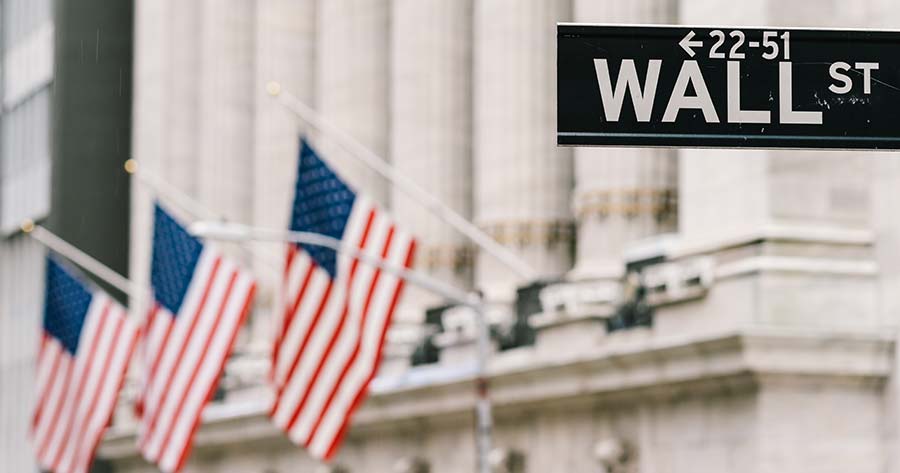Extreme greed is now a main driver of the US markets, according to CNN Business Fear & Greed Index, as the S&P 500 just came out of its longest winning streak in six years, following a slowing down inflation rate and potential interest rate cuts in 2024.
Fear & Greed meter, a way to gauge stock market movements and whether stocks are fairly priced, made by CNN showed that the market is now in an extreme greed territory of 77 from a total of 100 as of 18 December. The gauge was up from 76 in the prior session, 67 a week ago and 58 a month ago.
A reading between 56-75 showed that the market is in greed status and 76-100 showed extreme greed status.
The rally in Wall Street was supported by a falling inflation rate of 3.1% year-on-year in November, in line with expectations from economists while slowing down from 3.2% a month earlier. It was a positive sign for traders even though prices remained well above the 2% target of the central bank.
Meanwhile, more investors are turning to risk assets after the Fed’s dot plot showed that most officials see a median of three rate cuts in 2024. However, the market expected to see about six cuts. The first cut with a high possibility could be in March, while there is a small chance the Fed could cut interest rate by 25 basis points next month.
Despite the run, Chris Verrone, Head of Technical & Macro Research of Strategas Partner, warned that the momentum as of late tends to foreshadow a strong return in the next 6-12 months in the future, but the return in the next 1-3 months is more random as the market could consolidate or pause after the surge as it is going into the presidential election year.
On the other hand, the Bank of America believed another run at the end of this year with the Santa Claus rally, which represents the price action of the S&P 500 over the last five sessions of December and the first two sessions of January, that has a probability of 79% of the time to rise with an average return of 1.66% going back to 1928 into 1929.



